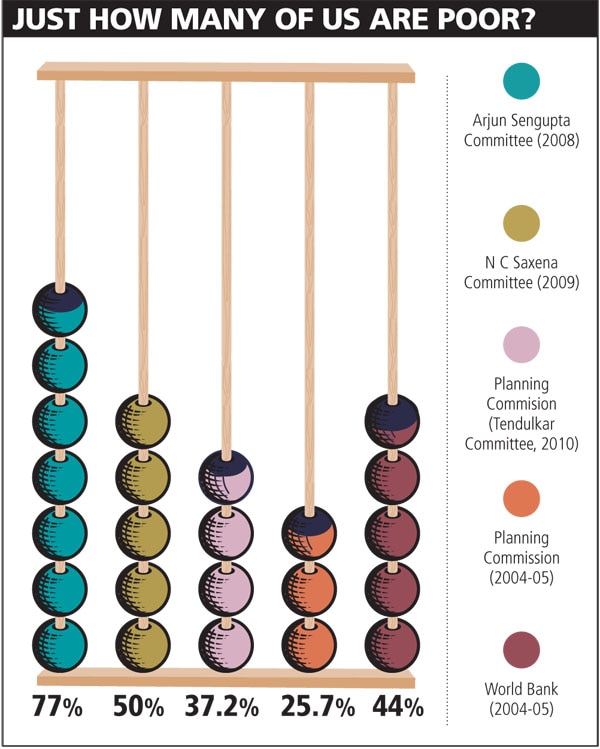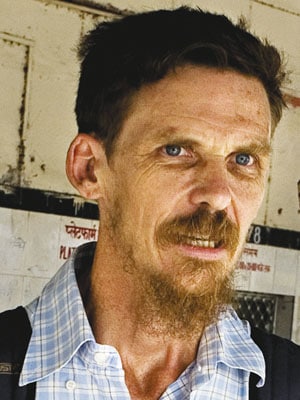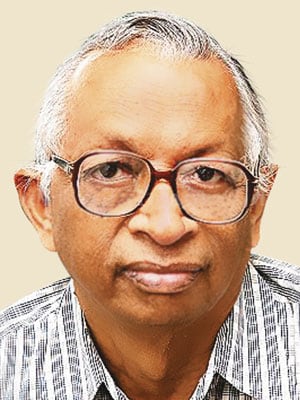
Identifying the Poor
Like the elephant described by the five wise men of Hindoostan, poverty in India has eluded all definitions. The government is now making yet another attempt to know who really are its poor people...
The Problem
Thirty Seven Percent.
This single number has got India’s policymakers wringing their hands in agony. It could add at least Rs. 1 lakh crore ($22 billion) to their estimated bill for providing food grains to the poor under the proposed food security law. It could throw out all the assumptions upon which they had formulated social security schemes for years. And it could make a lot of targets and achievements of various development plans look off the mark.
The number is the latest estimate of the poverty ratio in the country and is a full 10 percentage points higher than what was previously believed. A committee headed by Suresh Tendulkar, noted economist and former chairman of the prime minister’s economic advisory council, made this startling discovery after using an updated methodology for poverty estimation. There is no escaping the fact that the government will have to accept this finding and recalibrate its economic policy.
But there is a bigger problem. We just don’t know who these 37 percent of the people are.
It turns out that the government records have a lot of errors of inclusion and exclusion. Many researchers, including Abusaleh Shariff of the National Council of Applied Economic Research (NCAER), say that 61 percent of all the poor in the country have been left out of the official Below Poverty Line (BPL). On the other hand, 25 percent of those figuring in the lists are not poor.

Illustations: Vidyanand Kamat

 Ideally, the link between poverty ratio and the number of people designated as deserving of social welfare should not be a pedantic one and the government must be flexible to include more people in its schemes where necessary. “For instance, in the context of Public Distribution System (PDS), consideration must be given to the fact that the extent of nutritional deprivation in India is much wider than the incidence of poverty,” says Jean Dreze, an Indian economist of Belgian origin who has deeply influence policymaking at the highest level.
Ideally, the link between poverty ratio and the number of people designated as deserving of social welfare should not be a pedantic one and the government must be flexible to include more people in its schemes where necessary. “For instance, in the context of Public Distribution System (PDS), consideration must be given to the fact that the extent of nutritional deprivation in India is much wider than the incidence of poverty,” says Jean Dreze, an Indian economist of Belgian origin who has deeply influence policymaking at the highest level. 
 However, the biggest change is in the mindset of policymakers as reflected by the Saxena group’s recommendations. They now realise the old system of calculations based on income and consumption has failed. Saxena’s suggestion to use social measurements such as caste is thus a path-breaking idea for them.
However, the biggest change is in the mindset of policymakers as reflected by the Saxena group’s recommendations. They now realise the old system of calculations based on income and consumption has failed. Saxena’s suggestion to use social measurements such as caste is thus a path-breaking idea for them. 



